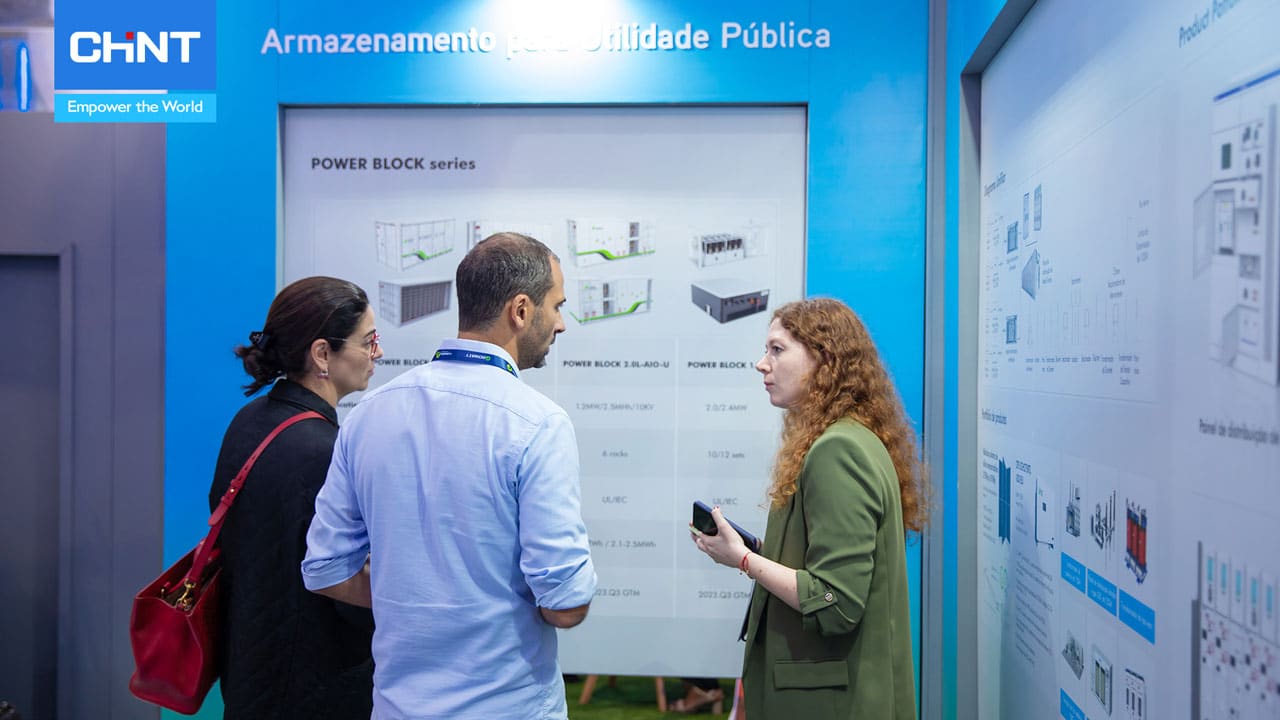Table of Contents |
Surge protection devices (SPDs) can protect your home or business from sudden fluctuations in power, but are they worth it? These devices detect and redirect power surges, saving expensive equipment and appliances from damage. Read on to learn more and determine which SPD is right for you.
What is a Surge Protector?
A surge protector is a device that protects your home’s electrical system in the event of a power surge, such as from a lightning strike. When there is a variation in the current, the surge protector will redirect the current to the ground or a metal oxide varistor inside the device instead of through the main electrical wiring.
There are two types of surge protection devices—power strip and whole house surge protectors. Power strip surge protectors are installed in outlets. It’s ideally used to protect appliances and devices plugged from power surges.
A whole-house surge protector, on the other hand, is wired into your electrical box. An electrician must install it. It protects your entire home in the event of a power surge.
How Surge Protectors Work
The standard voltage for the electrical flow of a residential property is 120 volts. Anything above this is considered a power surge. SPDs contain a metal oxide varistor (MOV), which acts as a sensor. When the current surges above a certain level, it will lower resistance. If the voltage is too low, it will increase resistance. The MOV keeps the current consistent and protects your devices.
MOVs are made up of metal oxide and two semiconductors. The metal oxide senses the electrical current, while the two semiconductors raise or lower resistance as needed and divert any excess current to the ground.
Surge protection devices have a joule rating that indicates how much current they can handle. Protectors with higher joule ratings can handle higher currents. Do regular maintenance checks on all surge protectors to ensure they run properly and safely.
Pros and Cons of Surge Protectors
While surge protectors have many benefits and capabilities, they have limitations. Below are some of the main pros and cons of surge protectors.
Pros
Protection for Devices and Appliances
In some cases, a power surge can ruin the wiring of expensive appliances and devices. Repairing or replacing electrical equipment can be costly and inconvenient.
While power surges may not always destroy your equipment, they can put stress on the wiring. It can shorten the device or appliance’s lifespan. A surge protector is a simple way to prevent damage.
Many Surge Protectors Are Affordable and Easy to Install
Power strip surge protectors are inexpensive and easy to come by. You can find them at almost any store locally and online. To install, simply plug it into the outlet. Once done, you can plug your devices into the surge protector. You will likely want to buy several for your home or business.
Cons
Surge Protection Devices Have Voltage Limitations
Not all surge protectors can handle higher voltages. Basic ones can handle slight fluctuations. Too much exposure to high voltages may cause the surge protector to fail. Higher voltage surge protectors are available but may be more expensive.
Whole House Surge Protectors Are More Expensive
Expect to pay more if you’re planning to get a whole-house surge protector. You will also need to hire an electrician to install it. Do-it-yourself (DIY) installations are highly discouraged for electrical parts unless you are professionally trained. While initial costs may be high, it’s a worthy investment since you don’t have to repair or replace expensive appliances and equipment.
Types of Surge Protection Devices
There are three main types of surge protection devices – Type 1, Type 2 and Type 3.
- A Type 1 device deals with lightning strikes. It uses spark-gap technology to divert excess voltage to ground conductors.
- A Type 2 device manages low voltages, particularly those that occur within the electrical system. These are designed to protect many types of equipment and appliances from these surges.
- Type 3 devices cannot manage higher discharges. It acts as a backup for Type 2 devices. Type 3 SPDs are particularly helpful in situations with highly sensitive equipment.
Factors to Consider When Choosing Surge Protection Devices
To choose a surge protection device, first check how frequent power surges occur in your property. If you experience frequent bad weather or use equipment prone to surges, a whole-home SPD can be beneficial.
Next, consider the type of equipment and appliances you’ll be using. If you have a lot of expensive appliances, machinery or technology, investing in a whole-home SPD may be worth it. The cost of the SPD and installation will be much less expensive than repairing or replacing valuable equipment.
Last, consider the surge protector’s joule rating, where you’re planning to install it, and the exposure level of the equipment you’re protecting. This will help you determine the level of protection required.
A higher joule rating indicates that the surge protector can handle larger power surges. The location of installation can also impact the efficacy of the surge protector. For instance, outdoor installations might require weather-resistant features.
Conclusion
Overall, an SPD surge protection device is a worthwhile investment, especially for those who are prone to power surges. If you have sensitive and costly equipment, a whole-home protector will offer the best protection and save you in the long run.
At Chint Global, our NXU-II model SPD offers excellent low-voltage protection. Contact us today and one of our expert representatives will help you figure out what type of surge protection you need.
FAQ about Surge Protection Devices
Can an SPD protect against lightning?
While SPDs provide defense against minor or moderate surges, they may not fully protect against direct lightning strikes, which generate massive electrical surges. However, they can handle indirect lightning-induced surges effectively.
How do I choose the right SPD?














